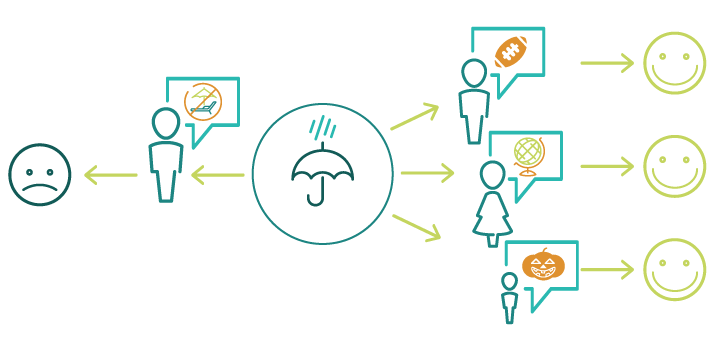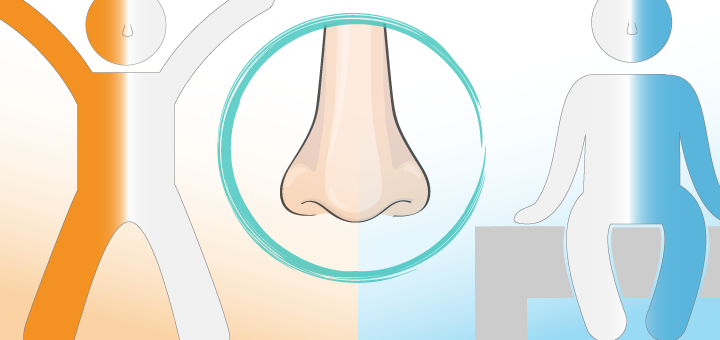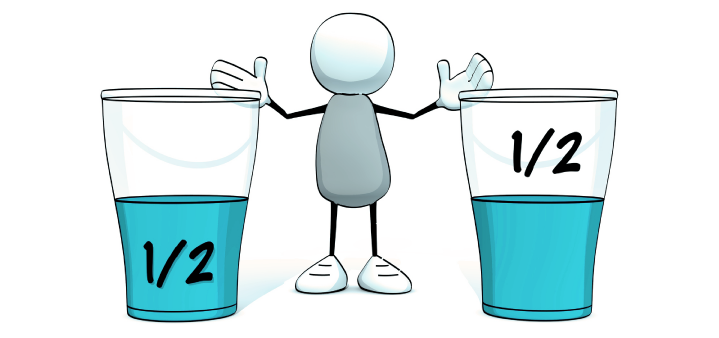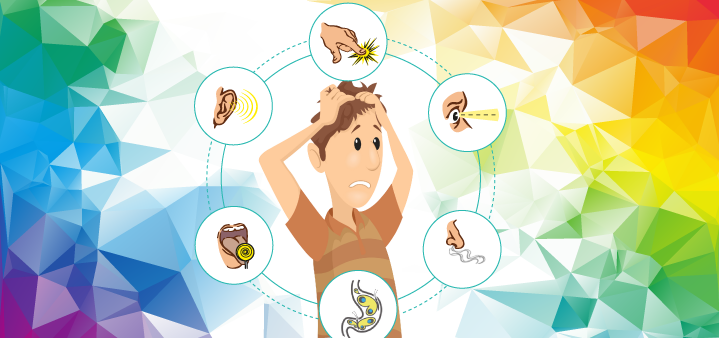The divided brain: Cooperation and power struggle between our two brain hemispheres
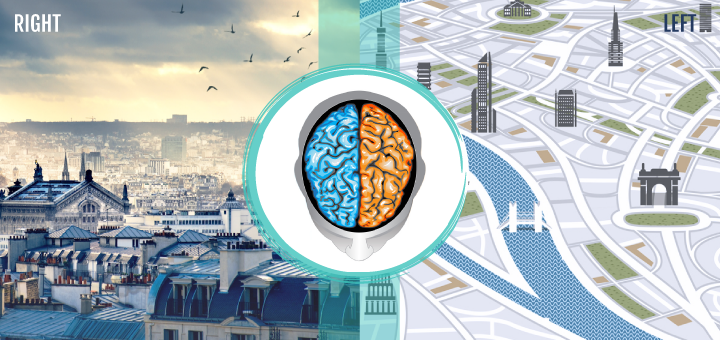
Last time, we talked about the nasal cycle – the fact that at any given moment, one of your nostrils is more open than another, and it alternates in a rhythmical fashion. Scientists also discovered that when your right nostril is dominant, the EEG activity is greater in the left cerebral hemisphere (each hemisphere controls the opposite side of the body), and when the nostril dominance switches, so does the activity of the brain hemisphere.
What they are saying is that in the course of the day, one hemisphere becomes dominant and then another in a rhythmical fashion, and it switches back and forth, and it is directly linked to the nasal cycle. This is called alternating dominance of cerebral hemispheric activity. If you want to know which side of your brain is more active right now, check which nostril feels more open. If the left nostril is more open, then your right brain is dominant right now and vice versa.
That’s pretty fascinating, considering that our right and left hemispheres experience the world very differently. It seems that the scientific community had disposed of the popular idea of the right brain as the creative one and the left brain as the logical one – nothing in the brain is that simple. Instead, it is widely accepted that both sides of the brain are necessary to perform most tasks; they just handle them a bit differently.
Kara D. Federmeier, cognitive neuroscientist, says: “It doesn’t seem feasible for the hemispheres to fully share information or to operate in a fully unified fashion. Moreover, in a lot of cases, keeping things separate is (literally!) the smarter way for the hemispheres to function. Dividing up tasks and allowing the hemispheres to work semi-independently and take different approaches to the same problem seems to be a good strategy for the brain … just as it often is in partnerships between people.”
It appears that the biggest difference between the hemispheres is the way they see the world. Our right hemisphere lives in the now and experiences each moment individually, and every moment is vibrant with sensation. Think back to some of your more vivid memories – these are the snapshots in time made possible by the right hemisphere. The right hemisphere sees the world as a whole and is more connected to rhythm and flow. It prefers uniqueness and is involved more with new experiences, events, things, and ideas while they are still fresh and original. It is more skilled at recognizing relationships between things and allows you to see the big picture. Ultimately, it is interested in understanding and experiencing the world.
Our left hemisphere, on the other hand, takes all those vibrant moments and strings them together in a linear fashion, organizing them into past, present, and future. The big picture perception is broken down into manageable and analyzable bits of data that are then compared and evaluated. The left brain is more involved with things that are familiar and known; it prefers to generalize. The left hemisphere views a world more like a map or a model, which is a representation of the real thing. It defines the concept of “self” and keeps track of who you are, where you live, and what your credentials are. That little voice that always compares yourself to others resides in the left hemisphere. Ultimately, the left hemisphere is interested in manipulating the world to your advantage.
Both hemispheres are involved in most mental processes, and information is constantly being sent back and forth between them. And while there is no such thing as “hemispheric personality” (right-brained or left-brained), there is evidence that for some kinds of activities, we consistently favor one hemisphere over another (which one will depend on the person). Iain McGilchrist explains: “On those occasions where the “wrong” hemisphere does get in there first, however, and starts to take control,…it will most probably continue to trump the other hemisphere, even if the other hemisphere would have been a better choice at the outset – possibly because the time costs of sharing or transferring control are greater then the costs of continuing with the current arrangement.”[1]
Basically, if your right hemisphere would be better at a certain task, but the left one gets there first (for example, if it was more active at that moment), the left one will continue to run the show and give you a different experience then the right one would. Iain McGilchrist goes even further: “The hemispheres need to cooperate, but I believe they are, in fact, involved in a sort of power struggle.”[1]
The cooperation between the right and left brain is essential for us to learn better, function more intelligently and become proficient in anything. Whatever it is you are engaged in – reading, writing, music, art, sports – each hemisphere has something important to contribute for you to have access to both technique and inspiration.
David Siegel and Tina Payne Bryson write: “The brain has two sides for a reason: with each side having specialized functions, we can achieve more complex goals and carry out more intricate, sophisticated tasks. Significant problems arise when the two sides of our brain are not integrated, and we end up coming at our experiences primarily from one side or the other. Using only the right or the left brain would be like trying to swim using only one arm. We might be able to do it, but wouldn’t we be a lot more successful – and avoid going in circles – if we used both arms together?” They conclude: “In order to live balanced, meaningful, and creative lives full of connected relationships, it’s crucial that our two hemispheres work together.”[2]
In fact, both developmental diseases and abnormal information processing (like autism and schizophrenia, for a example) have been linked to a “dysfunctional integration among neural systems”. Therefore optimal balance between the hemispheres is vital.[4]
To sum it up:
- Right and left hemispheres approach the same tasks from different angles.
- We tend to favor one hemisphere or the other on certain tasks.
- Hemispheric dominance shifts back and forth throughout the day.
- We need to integrate the functions of both hemispheres to learn better, to understand better, and to become proficient at anything.

How can we integrate the function of both hemispheres to achieve the best results in whatever we choose to do? Through movement, of course!

